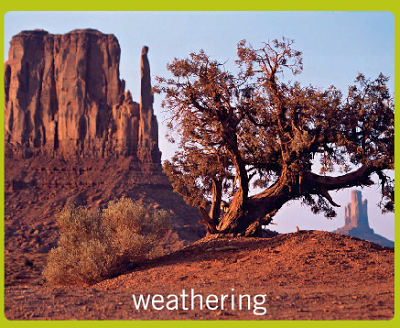With this post we will start with a new way of doing at the class, you are going to evaluate your partner's videos and popplets following the rubric and answering to this form.
When you finish reading the rubric and you have everything clear about your mind, you can start watching your partner's video and answering the questions to evaluate it.
IT IS VERY IMPORTANT TO HAVE CLEAR WHAT YOU HAVE TO LOOK FOR AND WHAT THE CRITERIAS FOR EVALUATION ARE.
IT IS VERY IMPORTANT TO HAVE CLEAR WHAT YOU HAVE TO LOOK FOR AND WHAT THE CRITERIAS FOR EVALUATION ARE.
You will send your evaluation through this Google Form.
DON'T FORGET TO CLICK ON SUBMIT AT THE END.
DON'T FORGET TO CLICK ON SUBMIT AT THE END.
































